Scott #19, a United States one-cent stamp, is a key piece in the country’s philatelic history. It features a Type Ia design, the same as Scott #6, but with the distinction of being perforated. This stamp represents an important phase in stamp manufacturing, reflecting both the evolution of design and the technical advancements of the era.
Design & Print
Scott #19 is a Type Ia design, characterized by a complete bottom ornamentation while the top ornaments are substantially reduced. This design, originating from the bottom row of Plate 4, a relatively scarce plate, presents a unique profile among its counterparts. The design of Scott #19 mirrors that of Type I but with trimmed top frame ornaments. A notable flaw under the “U” of “U.S.” is a key, though not definitive, identifier for this type. This small flaw is present not only on all Type Ia stamps but also on some other types.
The introduction of perforation to Scott #19 posed significant challenges in the early stages of production. The space between the designs was initially so tight that the design was almost always impinged upon by the perforations. Later in the printing process, the space between the designs was widened, allowing the full design to be seen. This adjustment resulted in the rare, wide-spaced stamps that are highly sought after by collectors and command a high premium.
The perforated Type Ia stamp comes exclusively from Plate 4, specifically the bottom row of both panes. Despite its rarity, particularly in the imperforate form (Scott #6), the perforated (Scott #19) stamps are even rarer when the design is not affected by the perforations.
Postal Usage
Scott #19, primarily intended for use on local letters or printed circulars, played a pivotal role in everyday postal communications in its era. The one-cent denomination was apt for lightweight, local mail, not typically used for heavier letters or long-distance postage. The stamp’s tenure in postal service witnessed the transition from hand-stamped cancellations to machine-based systems, reflecting the evolution of postal practices in mid-19th century America.
Identification
Identifying Scott #19 involves careful examination of the design, particularly the ornaments at the top and bottom of the frame and the characteristic flaw under the “U” of “U.S.” Collectors highly value those rare instances where the perforation does not cut into the design, making these versions of Scott #19 the rarest of the Type Ia stamps.
Scott #19 is a significant stamp in U.S. postal history, marked by its Type Ia design, the challenges and innovations in its perforation, and its origin from Plate 4. Its distinctive design features and the nuances of its production process make it a subject of great interest and value in the field of philately. Understanding these elements is crucial for appreciating Scott #19’s place within the broader context of American philatelic history.

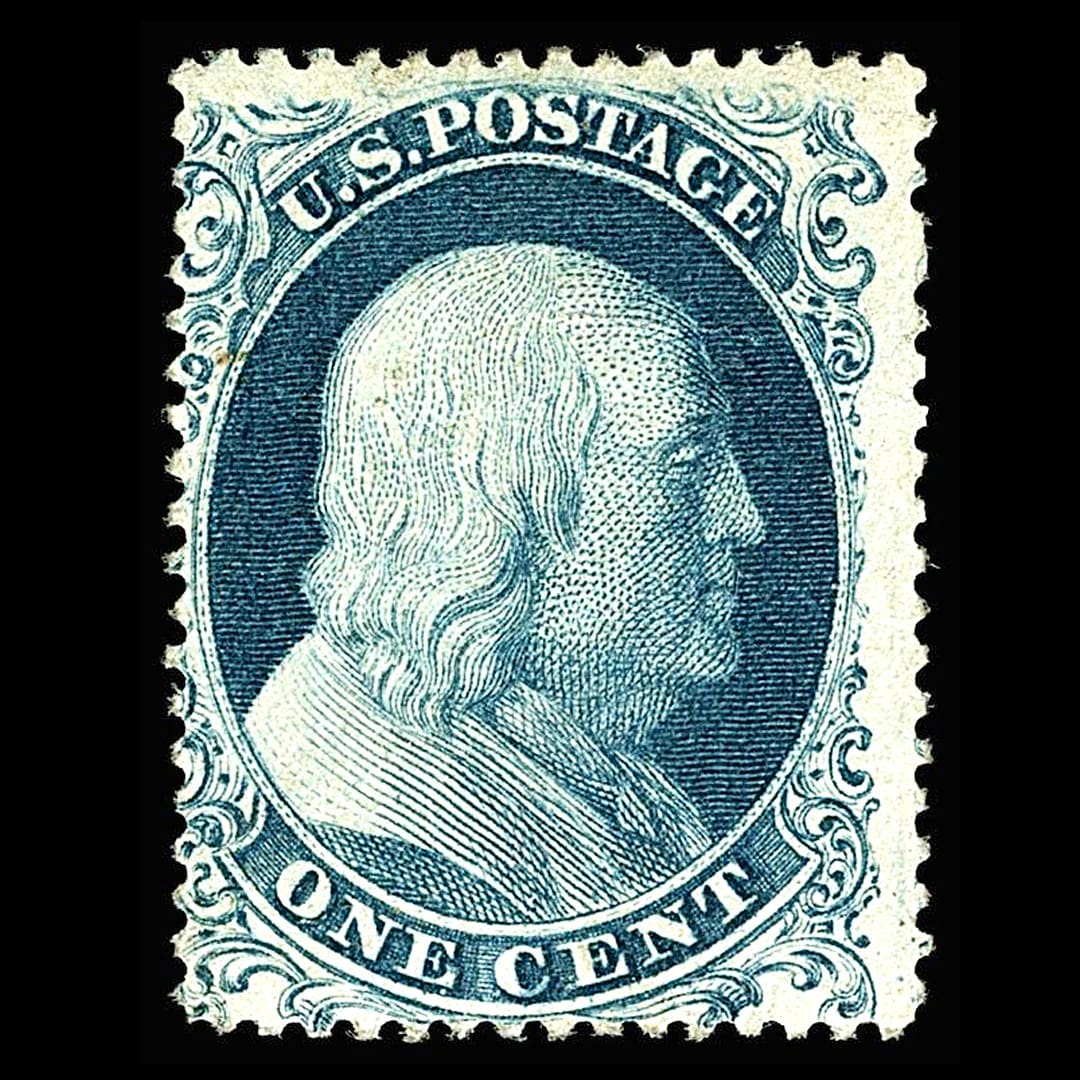

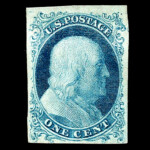
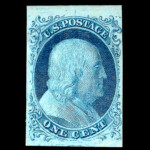
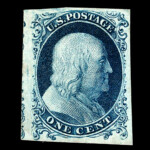
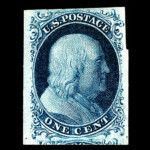
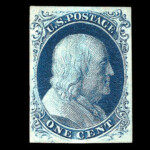
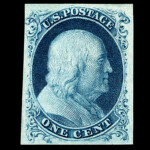
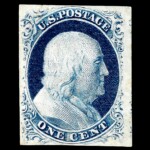


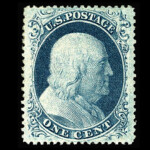
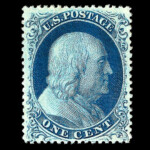
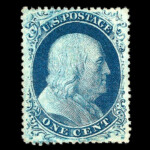
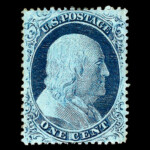
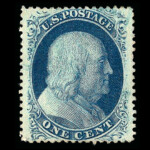
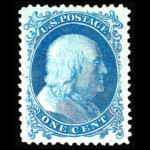
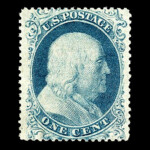
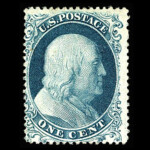
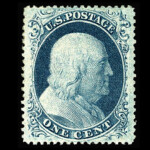
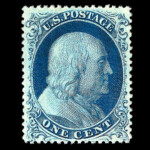
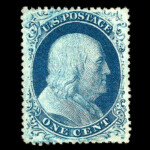
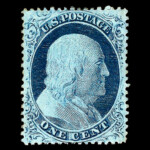
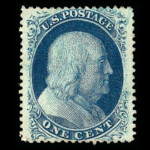
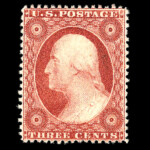
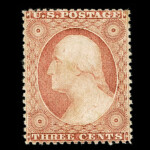
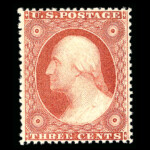
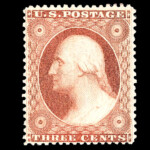
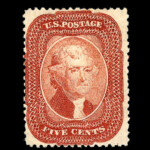
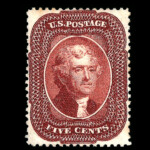
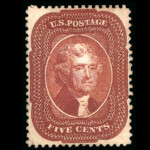
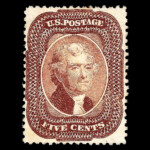
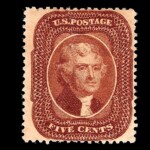
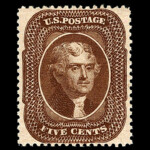
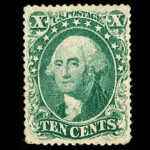
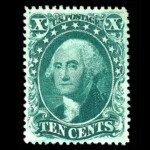
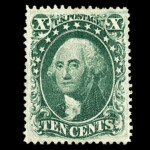
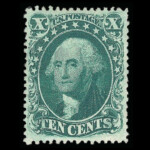
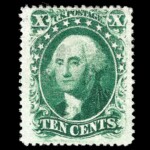
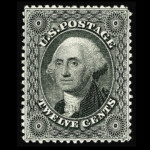
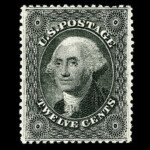

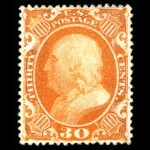
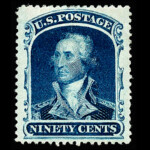









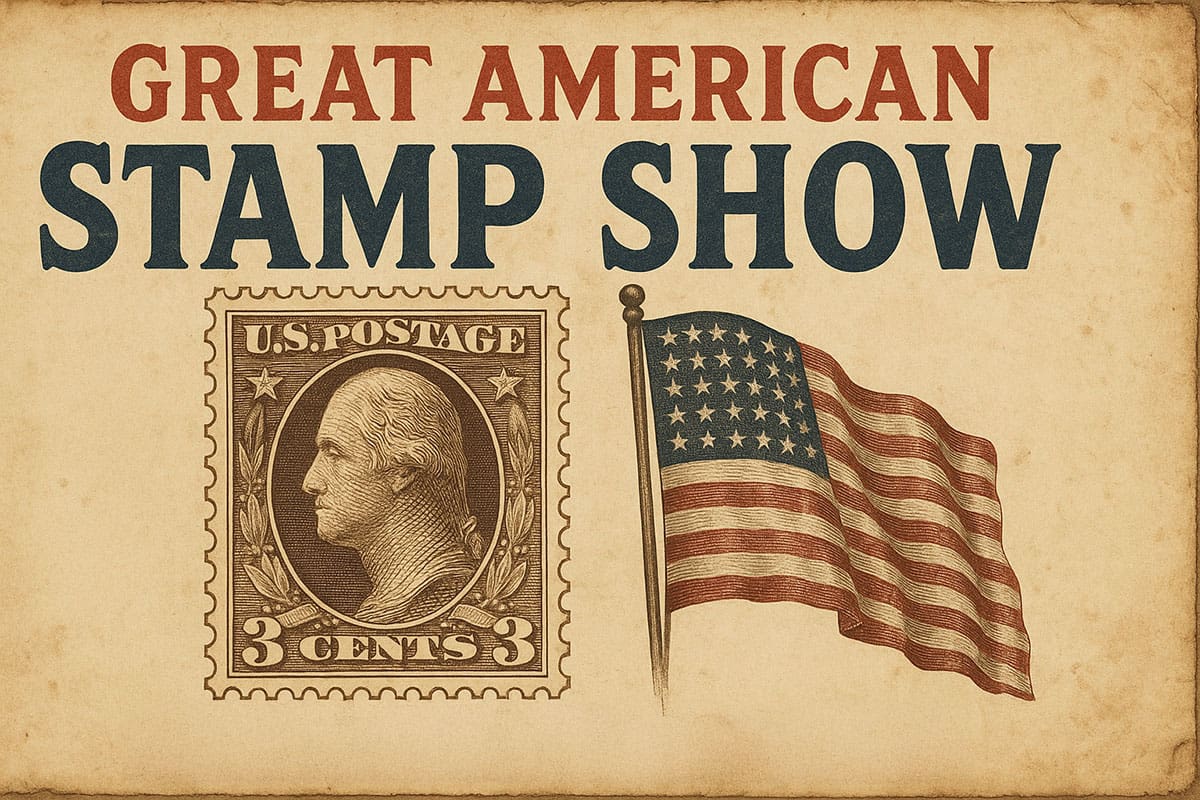


Ask A Question Or Leave A Comment